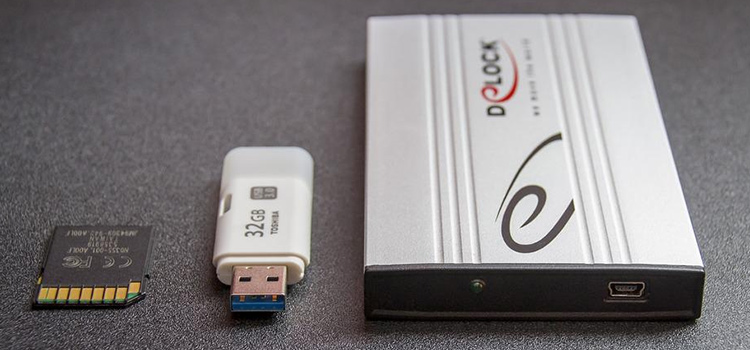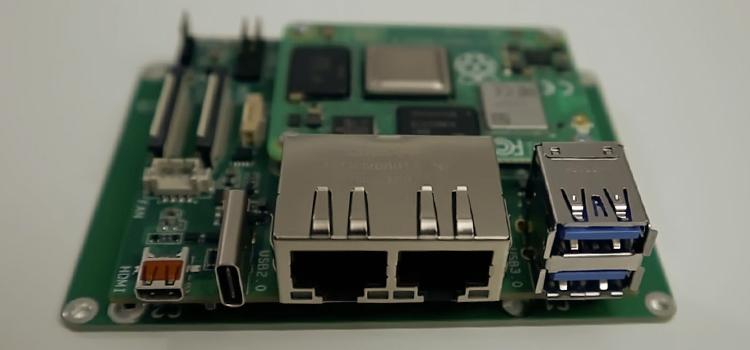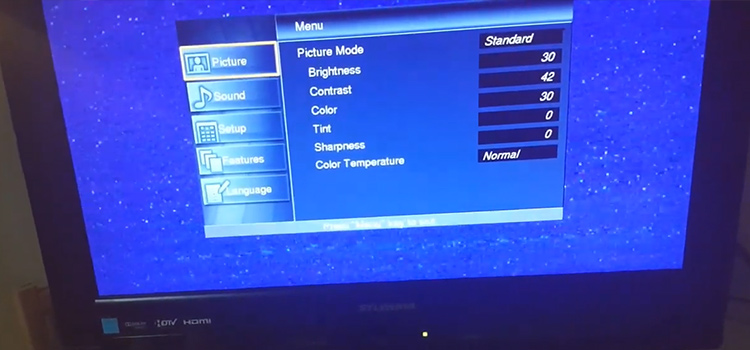10 Common Windows Errors and How to Fix Them
It is very frustrating and disruptive to encounter a problem with your windows program, especially when it prevents you from completing a task, or working altogether.
In order to reduce downtime, you might be a company that has already become reliant on Sydney IT support experts, for instance, in order to get the help and guidance needed when things go wrong with your system or software.
It would also help to have an idea of what sort of errors are commonplace with windows and how to fix them as quickly as possible.
Here is a look at some of the most common problems and the best fixes for them.

Errors are Normal
The first point to make is that Windows errors happen quite regularly. It is not easy to initially pinpoint the root of the problem. It could be that you have a faulty driver, it might be that a device is failing, or a recently installed app is failing to align with existing modules.
Where a lot of people go wrong is they immediately think that it would be better to carry out a re-installation of the operating system in the hope that a reboot will fix the problem.
It may well be that this does fix the problem on this occasion but it is often better to try and understand why the problem occurred by investigating the error rather than press the reset button every time.
Understand that errors are normal and seek to fix them rather than taking more dramatic steps to eliminate them.
The Beep Error
The first hint or notification of a problem often comes when you turn on your computer and you hear more than one beep.
Most systems are designed to give one beep as confirmation that your computer has successfully passed what is known as the power-on-self-test (POST).
More than one beep is often an indication that something in your computer is not functioning normally. The number of beeps can sometimes tell you that you have a hardware fault, for instance.
Learn what your model of computer is designed to tell you and it will help you work out what the beeps are telling you might be wrong.
The Famous Blue Screen of Death
The vast majority of Windows users will have encountered what is known as the blue screen of death.
This error is normally triggered by a recent change to your hardware or software that your computer doesn’t like. A good fix is often to uninstall any recent software you have installed while running in safe mode.
You can also get some freeware tools that investigate the cause of the problem.
Missing DLL Files
If you get a DLL message it is often the case that this error is created by a virus.
It happens when your system is trying to execute a program and one of the files it needs is missing. In this case, the DLL file.
This should be an easy fix as you can often get a copy of the file you need online, although you need to check that the site you are downloading it from is trustworthy.
Improve your anti-virus protection to help prevent this missing file problem from happening again.
Insufficient Memory
Another really common error you will encounter is when your computer tells you that its virtual memory is too low.
It means that an application is monopolizing your memory resources or you don’t have enough RAM.
You can fix this error in a couple of ways. Increase your RAM by adding some more chips, or increase the size of your pagefile.
Unhandled Exception
A lot of programs on your computer share memory and other resources amongst themselves.
What happens when a particular program doesn’t get its request fulfilled is it will generate an error message that says “unhandled exception”.
If you get this message, the best course of action would be to visit the page on Microsoft’s website that lists fatal errors. This should help you identify the problem and follow a guided fix.
Dealing with Device Errors
There are a number of reasons why a device might stop working. A common cause is when a glitch occurs in the driver module.
The best course of action is to go to your Device Manager on the computer and click on the properties for a device by using right-click.
The first fix to try is to update the driver. If that doesn’t work, click on Device Status and look for an error code that you can search for on Microsoft’s support site.
Different Types of Browser Errors
There are various codes that you will encounter when you search for a web page. Error 404 is a popular response. It is telling you that the page you are looking for was not found.
These errors are not often attributed to a fault with your browser. They are more likely to be a fault with the server you have pinged.
If you get an Error 501 or 505 messages, this is telling you that your browser needs updating, or it could be a warning that you don’t have the required plugins installed.
You will need to install these plugins to access the content.
Update Error Code
There is one specific windows update error code that tends to appear regularly amongst Windows users.
The error code is 0x80070057. It has been appearing since the days of Windows XP and often occurs when an update is not successful.
A common fix for this problem is to rename the SoftwareDistribution folder, or you may need to edit some of the registry files. If this is beyond your level of technical ability you might require technical assistance to fix this update error issue.
Security Certificate Problems
Your browser will maintain a list of legitimate third-party certificate authorities that it trusts. It checks these credentials in the background when you visit a secure website.
If the details don’t match you will get a warning that the website may not be secure and you should not proceed any further.
A regular reason for this error is simply down to your computer’s clock being out of sync with the real-time and date. Adjust the date and time to the correct setting and this can often fix a security certificate problem.
The majority of these windows errors are fixable with only a limited amount of tech know-how. It always helps to have the right IT support in place as many potential problems will be avoided by regular audits of your hardware and software.
Subscribe to our newsletter
& plug into
the world of technology





